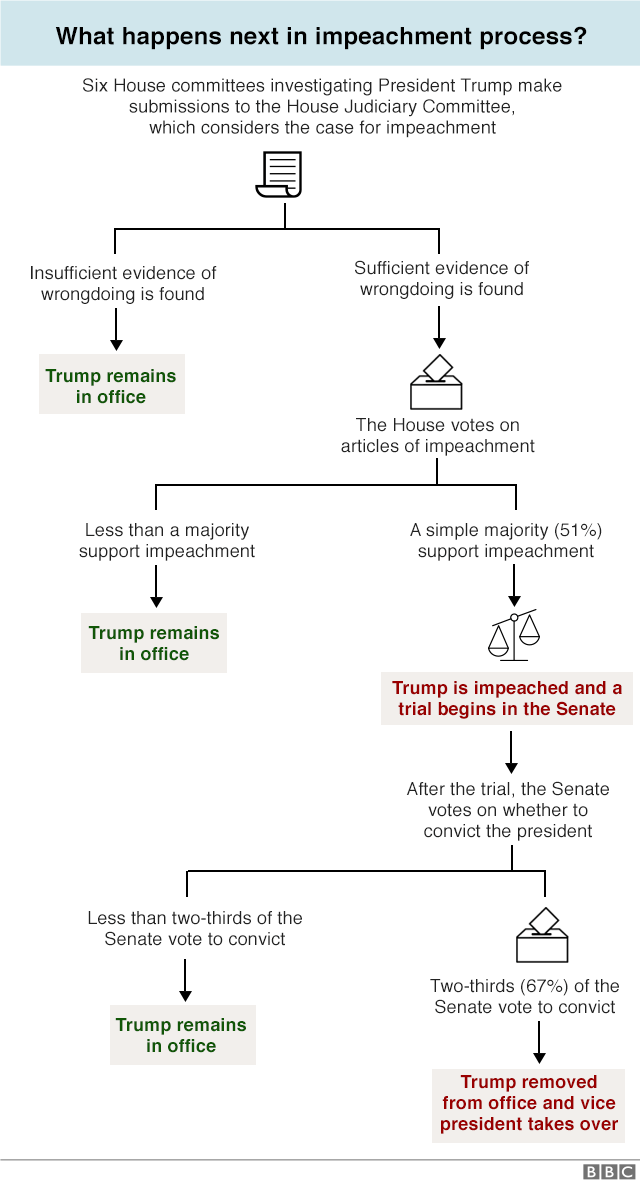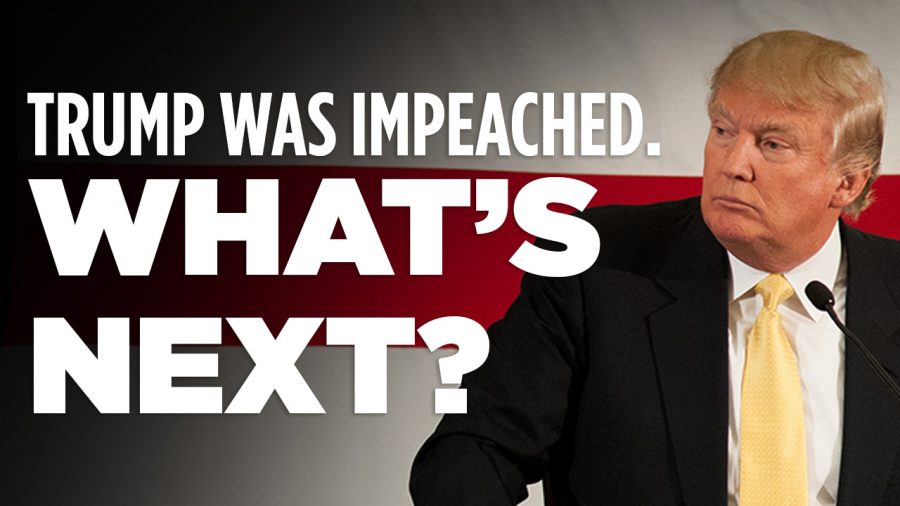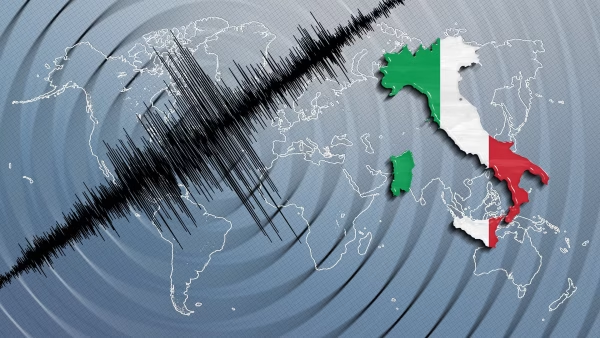Donald Trump’s impeachment: The basics
The House of Representatives voted to impeach President Donald Trump on December 18. Trump was accused of pressuring Ukraine to dig up slandering data on Joe Biden, one of his Democratic opponents for the election in 2020, and Biden’s son Hunter, who for a Ukranian company while Biden was the vice president of Barak Obama. After that accusation, the president was also accused of withholding $400m of military aid, which was already allocated by Congress.
 The process began with a formal complaint letter from an unnamed intelligence official expressing concern about a call Trump made on July 25 call. A rough transcript of the call reveals that Trump was pressing President Zelensky (Ukraine’s President) to examine some information on Joe Biden and Hunter that would harm Biden’s chances of winning the election.
The process began with a formal complaint letter from an unnamed intelligence official expressing concern about a call Trump made on July 25 call. A rough transcript of the call reveals that Trump was pressing President Zelensky (Ukraine’s President) to examine some information on Joe Biden and Hunter that would harm Biden’s chances of winning the election.
Trump denies using the US military aid as a bargaining chip and says his call with Zelensky was “perfect.” He claims that the impeachment inquiry is a “witch hunt” by Democrats and people from the media.
The Republican defense says Ukraine’s president said he felt no pressure. The Ukrainians were oblivious that the aid was held back, and the money was eventually delivered.
Impeachment is when members of congress decide if a person is guilty of something, and if they are, they get either acquitted (excused) or convicted (removed from office) depending on the Senate’s votes.
According to the diagram below, impeachment is a multi-step process. The House Judiciary Committee found “sufficient evidence of wrongdoing,” and a vote went to the House, who decided to impeach. But Trump can still remain President.
Following a trial, the Senate will vote. While the House is a majority Democrat, the Senate majority is Republican, so most sources say the President will be acquitted.

There have only been two Presidents before Trump who got impeached: Bill Clinton and Andrew Johnson. Bill Clinton found himself impeached on the grounds of perjury and obstruction of justice after he lied about the nature of his affair with Monica Lewinsky and then allegedly asked her to lie about it as well. But when the trial reached the Senate in 1999, the vote for a conviction failed to get close to the two-thirds backing required. Andrew Johnson in 1868 was accused of removing his secretary of war against the will of Congress. Mr. Johnson also remained in office: the two-thirds majority in the Senate was lost by just one vote.
It is unclear how long the trial process will take, but both Republicans and Democrats have declared they want the matter handled swiftly. Trump is confident moving forward. He Tweeted the day after the impeachment, “The Democrats gave me no Due Process in the House, no lawyers, no witnesses, no nothing….Actually, they have zero proof of anything, they will never even show up. They want out. I want an immediate trial!”











